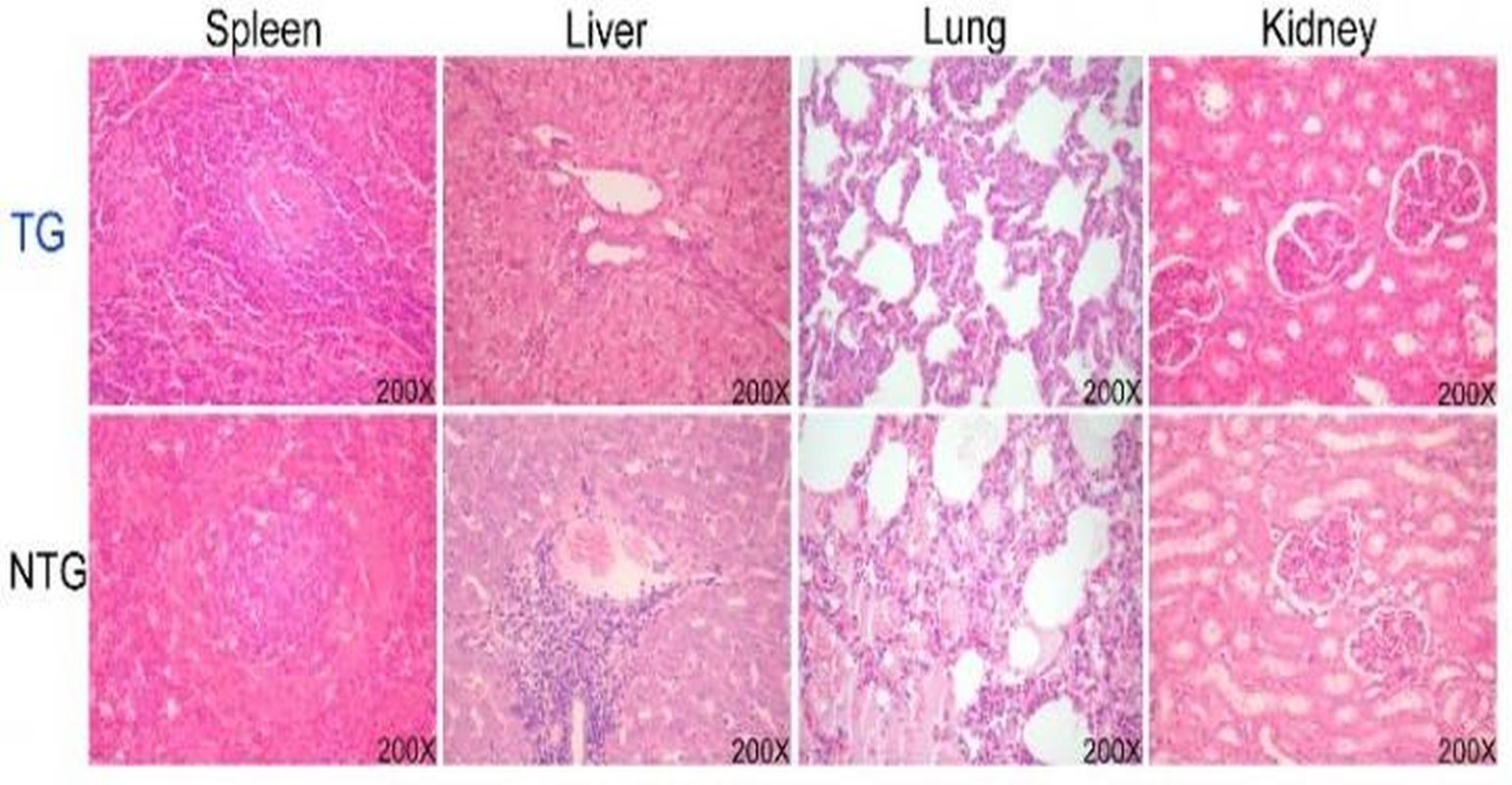Genetically Modified Pigs Resist Infection With the Classic Swine Fever Virus

Researchers have developed genetically modified pigs that are protected from classic swine fever virus (CSFV), according to a study published December 13 in the open-access journal PLOS Pathogens by Hongsheng Ouyang of Jilin University, and colleagues. As noted by the authors, these pigs offer potential benefits over commercial vaccination and could reduce economic losses related to classical swine fever.
CSFV is responsible for a highly contagious, often fatal disease that causes significant economic losses. Due to the economic importance of this virus to the pig industry, the biology of CSFV has been investigated extensively. Despite efforts by many government authorities to stamp out the disease from pig populations, it remains widespread, and it is only a matter of time before the virus is reintroduced and the next round of disease outbreaks occurs. There is an urgent need to develop effective approaches to eradicate CSFV. To address this challenge, Ouyang and colleagues generated CSFV-resistant pigs by combining a gene-editing tool called CRISPR/Cas9 with RNA interference (RNAi), a technique that silences gene expression.
The researchers demonstrated that these pigs could effectively limit the replication of CSFV and reduce CSFV-associated clinical signs and mortality. Moreover, disease resistance could be stably transmitted to first-generation offspring. Currently, the researchers are conducting long-term studies to monitor the safety and effectiveness of this approach as these animals age. According to the authors, generating anti-CSFV pigs using a genome editing-based strategy could be a direct and effective approach to facilitate the permanent introduction of novel disease resistance traits into the mass population of production pigs via conventional breeding techniques. In addition, this antiviral strategy can be applied to other domestic species and could provide insights for future antiviral research.
Ouyang adds, "These tansgenic pigs could effectively limit the replication of CSFV and reduce CSFV-associated clinical signs and mortality."
This work was financially supported through a grant from the Special Funds for Cultivation and Breeding of New Transgenic Organisms (No. 2016ZX08006003), the Program for JLU Science and Technology Innovative Research Team (2017TD-28), the Program for Changjiang Scholars and Innovative Research Team in University in China (No. IRT16R32) and the Fundamental Research Funds for the central Universities. The funders had no role in study design, data collection and analysis, decision to publish, or preparation of the manuscript.
Reference: Xie Z, Pang D, Yuan H, Jiao H, Lu C, Wang K, et al. (2018) Genetically modified pigs are protected from classical swine fever virus. PLoS Pathog 14(12): e1007193. https://doi.org/10.1371/journal.ppat.1007193
Source: PLOS